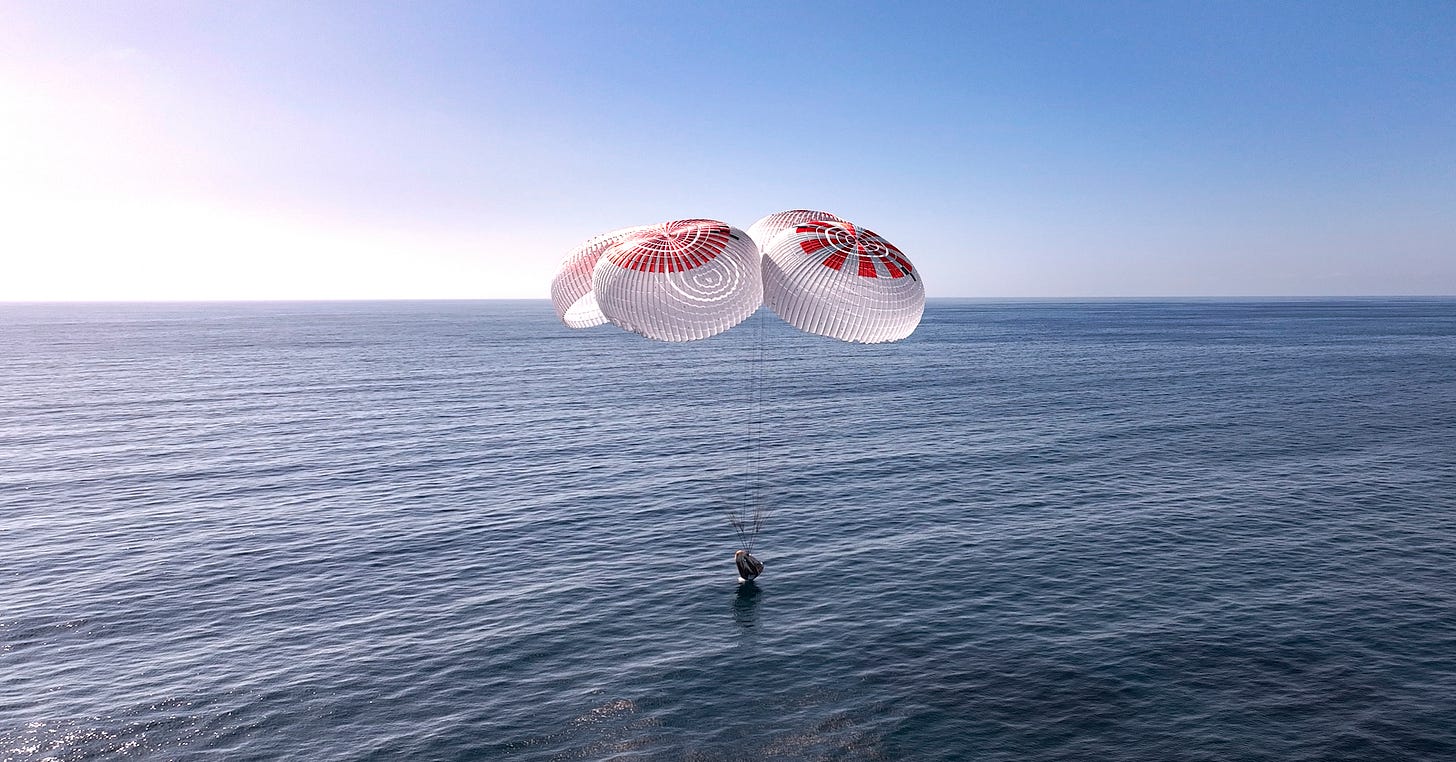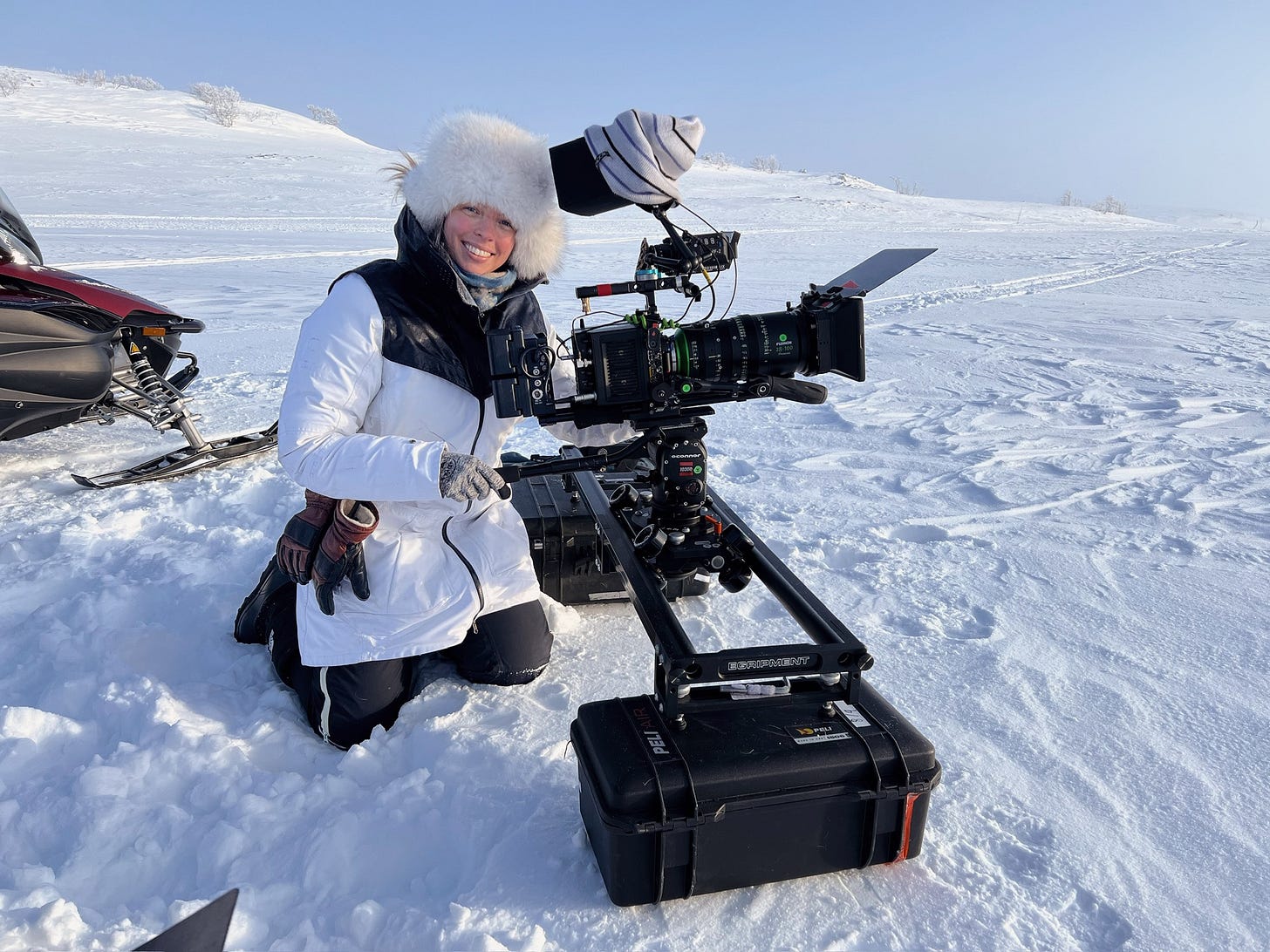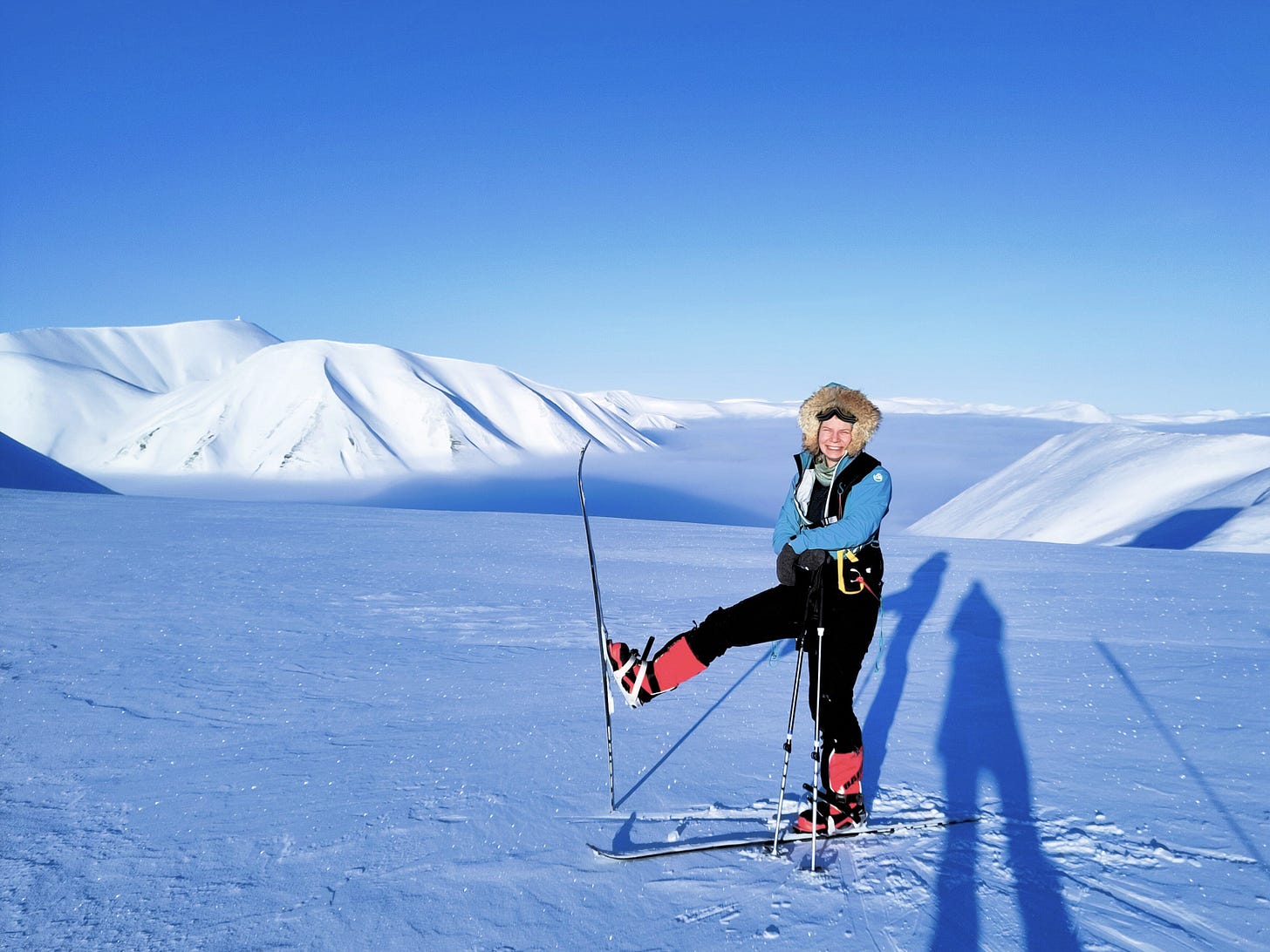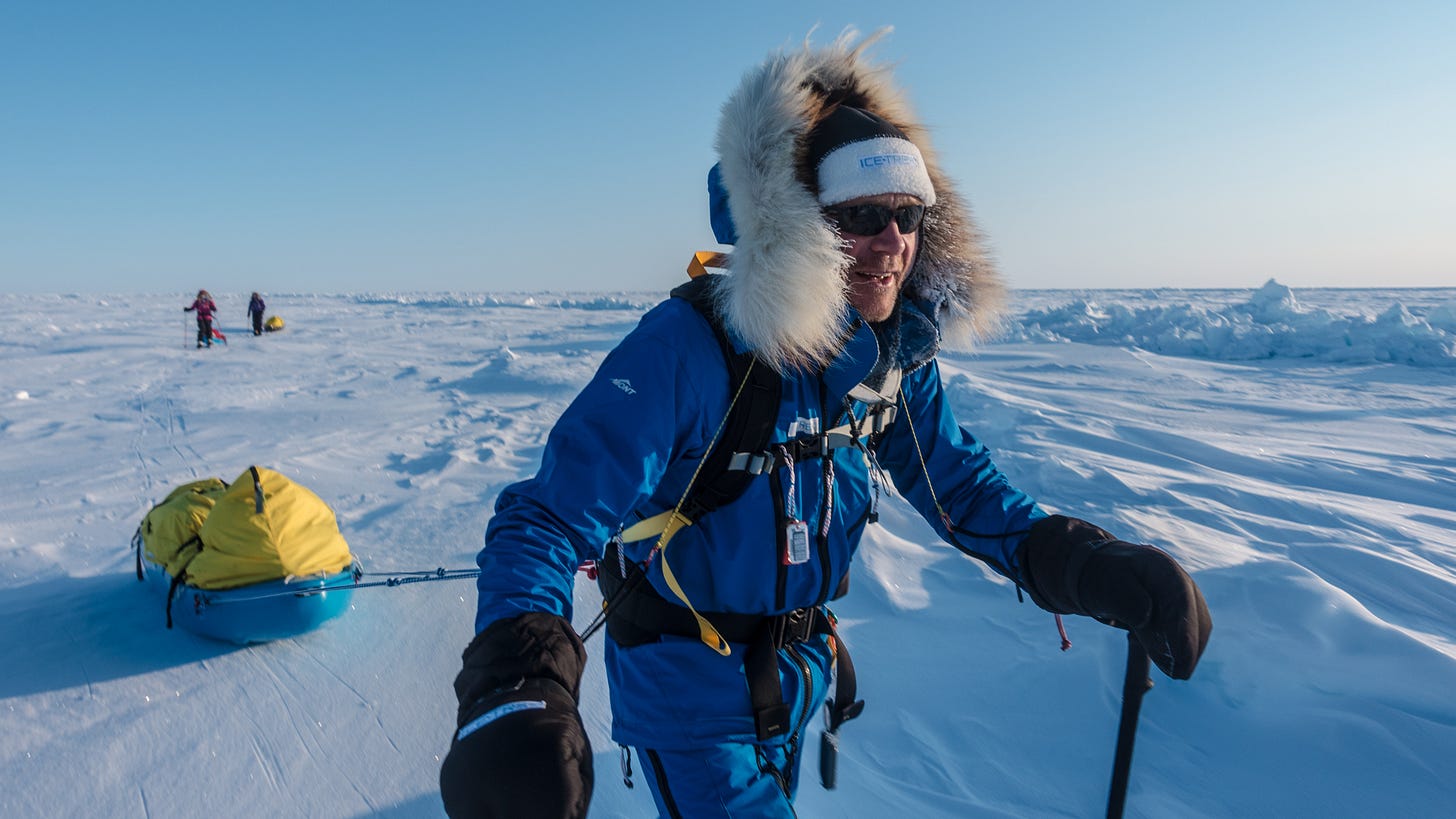
The first crewed mission to orbit Earth from pole to pole was funded by a private, global citizen with a passion for extreme environments—and the money to make it happen. When SpaceX’s Fram2 mission splashed down near Oceanside, California, yesterday, it completed a five-day journey across the poles and marked the beginning of something new: orbital travel as the next polar adventure accolade.
Fram2 carried a team of experienced Arctic and Antarctic professionals—adventurers who have skied to the ends of the Earth, built careers on exploring remote places, and now found a way to take that spirit to orbit. They didn’t earn their way to space through military training or doctoral research. They were invited by a friend, a fellow adventurer, who saw them as trustworthy colleagues, experts in their niche, and kindred spirits who would share the greatest possible appreciation for this first-of-its-kind polar journey.
Schoolyard Draft, Polar Edition
The friend was Chun Wang, a cryptocurrency entrepreneur, founder of F2Pool, a bitcoin mining company he started in 2013. Wang is a native of China, a golden visa resident of Malta, who now lives part-time in Svalbard, Norway, one of the northernmost inhabited settlements on Earth. Wang’s obsession with Earth’s polar regions has led him across ice caps—places usually frequented by researchers, adventurers, and wealthy tourists. Wang himself journeyed to the North Pole in 2023 aboard the luxury French icebreaker Le Commandant Charcot, which offers trips starting at $50K.
With Fram2, he extended his exploration vertically by paying an estimated $220 million to fund the mission and hand-pick an all-star crew of fellow polar adventurers to join him.
Jannicke Mikkelsen, a Norwegian-British cinematographer, has spent years filming in harsh Arctic environments and now lives near Wang in Svalbard.
Rabea Rogge is a German robotics engineer whose work on polar-capable autonomous marine systems has kept her closely tied to Arctic research.
Eric Philips, a renowned Australian guide, has skied to both poles multiple times and co-founded the International Polar Guides Association. If the polar regions had a mileage program, Philips would have platinum status.
Luxury and Adventure Travel Converge in Space
What united the Fram2 team was a shared love of exploring the hardest-to-reach corners of the Earth and a willingness to go farther. In that way, Fram2 feels like the orbital extension of the kind of travel that already exists on the ground. Every year, around a thousand visitors engage in adventure travel to each of the poles. The most common route to the South Pole is by plane, which can cost over $100K, while an ice-breaking cruise ship or helicopter takes the majority of visitors to the North Pole for about half that cost.
Private commercial space travel is where adventure, completionist, and luxury travel converge. Victor Vescovo is a good example of this convergence. He flew on Blue Origin in 2022 at 56 years old, making him the first person to complete the Explorers' Extreme Trifecta, which requires traveling to the bottom of the Mariana Trench, summiting Mount Everest, and crossing the Kármán Line into space. Vanessa O'Brien accomplished this feat later that same year, also on a Blue Origin flight.
Riding the Wake of Nansen and Amundsen
Wang and his crew saw the poles from a perspective no other human has, setting another polar first. The crew conducted several science experiments onboard: the first X-rays taken in orbit by civilians, an oyster mushroom growing trial, and low-gravity fitness routines to study muscle performance. These are real experiments, but they’re not necessarily groundbreaking. Could trained scientists have done more with the time in orbit? Could the money have funded a robotic probe or a more complex payload? Probably so.
Fram2 proved again that driven, curious, restless people will go to space for adventure and recreation. It’s not about replacing astronauts. It’s about expanding the pool of who travels to space and what form this can take.
Wang named the mission after the Fram, the legendary Norwegian ship that carried polar explorers like Fridtjof Nansen and Roald Amundsen through uncharted ice in the 19th century. Fram2 didn’t need to break ice, but it did have to confront more challenges than usual with this first polar orbit.
The Crew Dragon Resilience capsule followed a polar orbit that circled Earth from north to south, flying over both the Arctic and Antarctic Circles multiple times. It’s the first time humans have done that in crewed spaceflight, and it required technical finesse: more fuel to launch, precise trajectory planning, and increased exposure to orbital radiation. But it also offered views of the poles that no astronaut has ever seen.
Pilgrimage to Earth’s Axis Points
Fram2 is less like a space station mission and more like a polar ski expedition—an adventure driven by curiosity, not necessity. As with Antarctic tourism, questions arise: is it frivolous or meaningful? Likely both. While critics may question using launch windows for polar adventure travel, these travelers are funding the early stages of a market that could someday expand more broadly.

A demographic note to consider is that this SpaceX 2:2 gender ratio is a milestone rarely matched in space, and it is consistent with the Polaris missions that preceded it. This practice has enabled SpaceX (outside of the NASA CCP program) to achieve the highest level of female participation—exactly 50%—a good deal higher than any other private company or space agency.
In space, as on Earth, travel comes in many forms. Fram2 isn’t the future of space science. It is definitely groundwork for the future of adventure travel.











